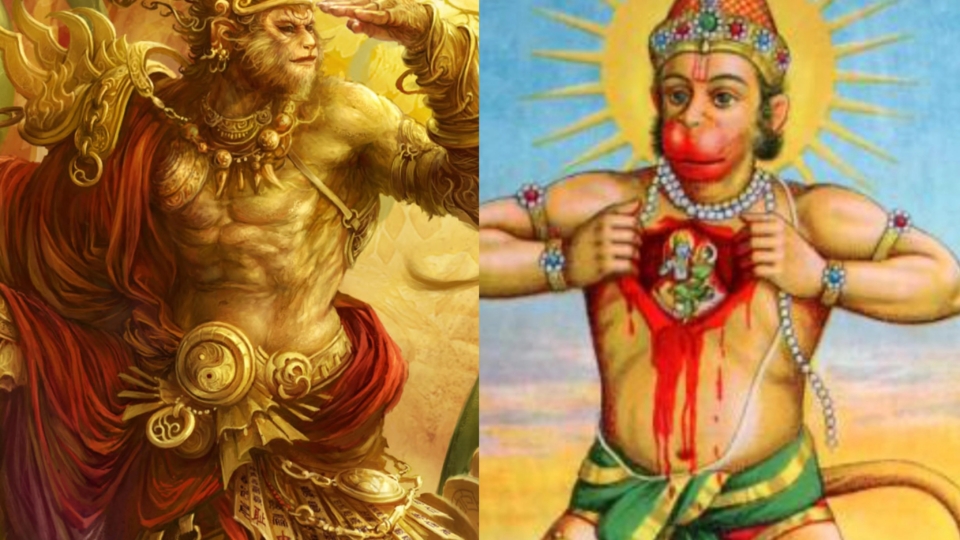
Are World Gods Connected? See the similarities
[Image Placeholder: Collage of thunder gods – Zeus, Indra, Thor – each with their weapons and lightning background]
In every corner of the world, ancient people looked up at the sky, feared the sea, worshipped the sun, and created stories to make sense of it all. What’s fascinating is that many of those stories—separated by thousands of miles and completely different languages—describe gods that look, act, or feel incredibly similar. It leads us to a haunting, beautiful question:
What if these gods were the same beings, just remembered differently?
🌩️ Thunder Gods from Every Sky
It starts with the sky. Greek mythology gives us Zeus, the king who wields thunderbolts. In Hindu belief, we meet Indra, a storm-riding king with the powerful vajra. Norse legends speak of Thor, the hammer-throwing protector who brings thunder and rain.
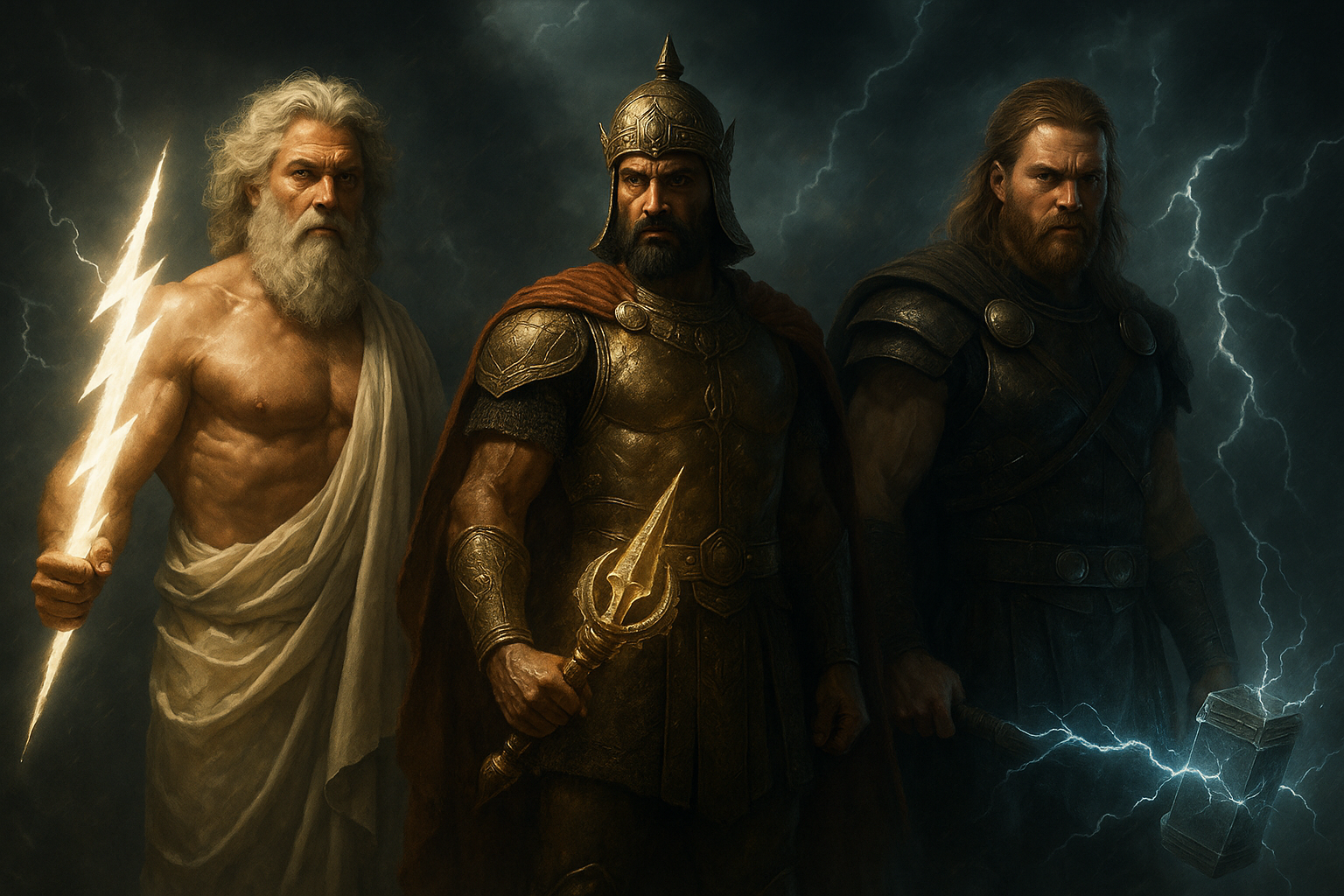
All of them:
- Control the skies or lightning
- Defend cosmic order
- Ride stormy animals or chariots
- Use sky-based weapons like hammers or bolts
Despite coming from vastly different civilizations, they share not only roles but also symbols. It forces us to ask: were they different names for the same person, witnessed long ago?
🐒 The Divine Monkey: Hanuman & Sun Wukong
Across Asia, two monkey-shaped deities dominate mythology:
- Hanuman, the loyal servant of Lord Rama in Hindu epics.
- Sun Wukong, the rebellious Monkey King in Chinese folklore.
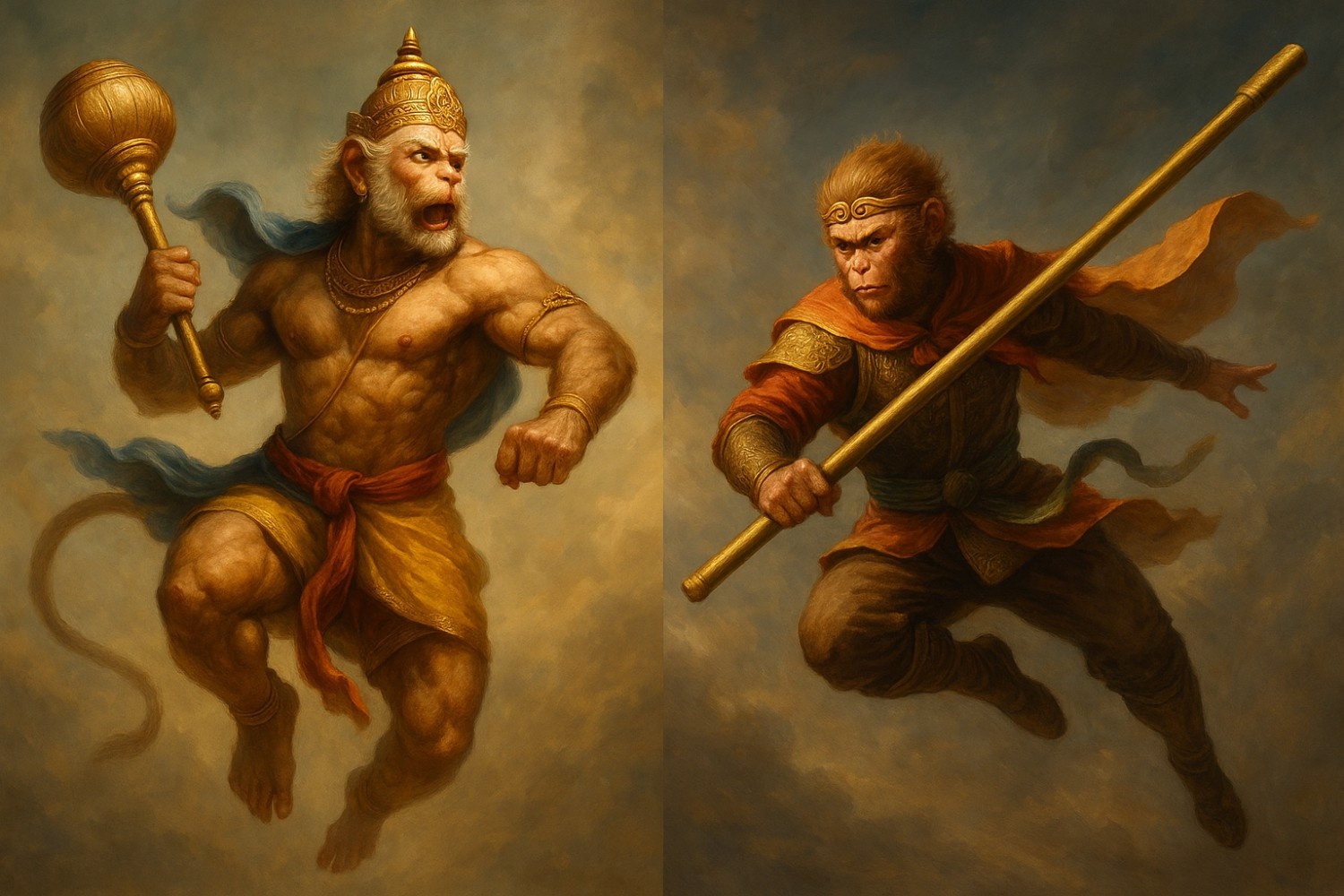
They both:
- Possess superhuman strength and speed
- Travel great distances with ease
- Challenge powerful beings (even gods)
- Are deeply intelligent and transformative
Coincidence? Or perhaps a real, extraordinary human whose story echoed through generations, adapted to local cultures?
🐍 Multi-Headed Serpents and the Hero’s Blade
In Greek myth, Hercules battles the many-headed Hydra. In Hindu stories, Krishna defeats Kaliya, a serpent with multiple heads that poisons the river Yamuna.
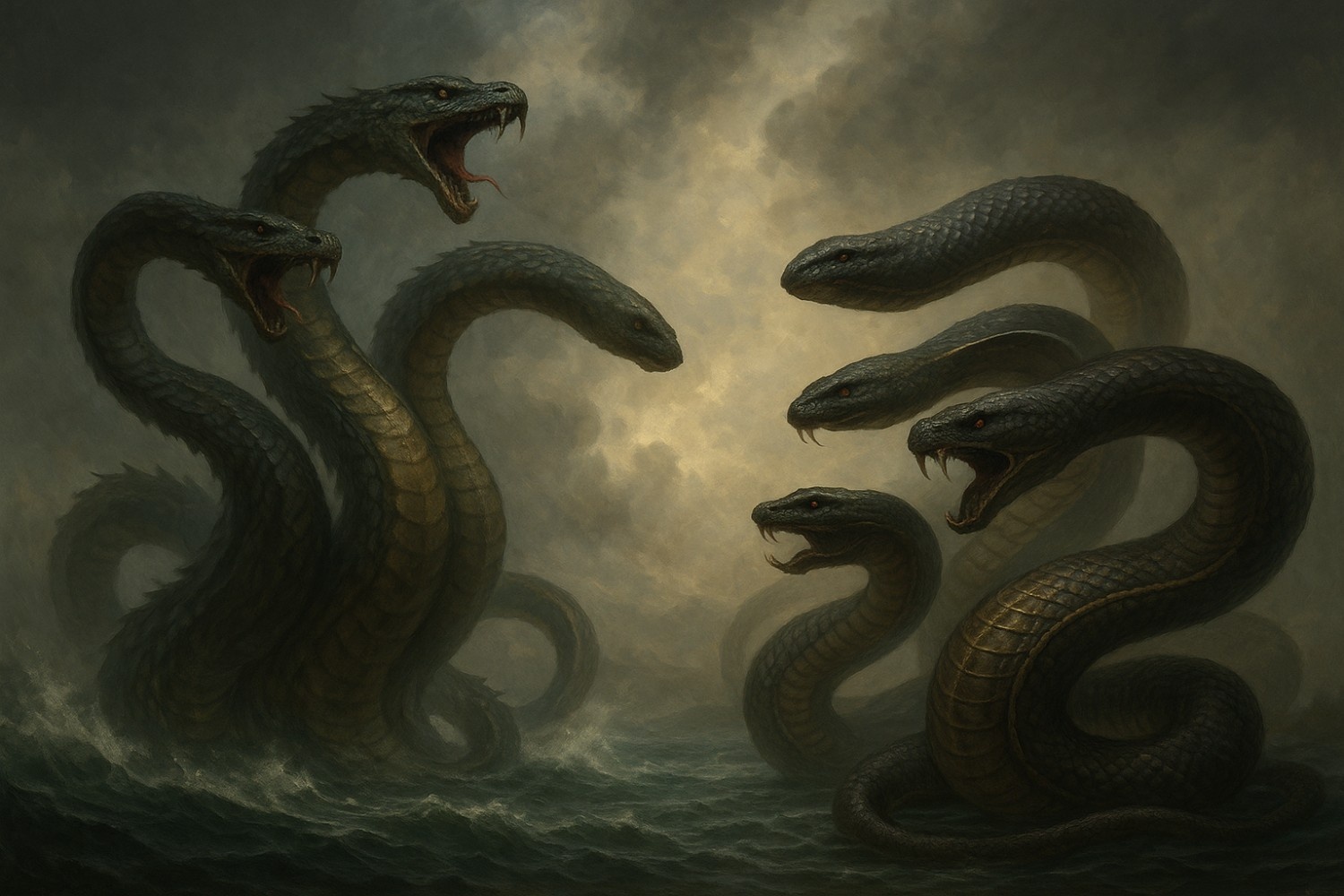
Other examples:
- Yamata-no-Orochi (Japan): an eight-headed dragon slain by the storm god Susanoo
- Vritra (Hindu): a drought-causing serpent destroyed by Indra
- Typhon (Greek): a monstrous, snake-limbed foe defeated by Zeus
These creatures symbolize chaos, destruction, and fear—and are nearly always overcome by a storm or warrior god. What’s compelling is that even creature design repeats: many heads, venomous, lives in water, hoards treasure or life force.
☀️ The Ever-Watching Sun Deities
- Ra (Egypt): sails the sun across the sky
- Surya (Hindu): rides a chariot pulled by seven horses
- Helios/Apollo (Greek): god of light and vision
- Amaterasu (Japan): sun goddess who lights the world with her return
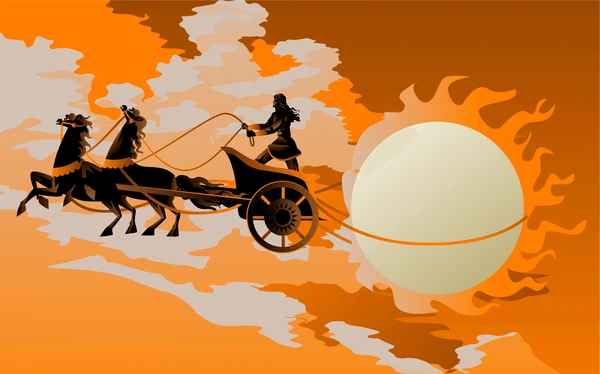
They are all radiant, guiding forces. Their travel from horizon to horizon gives meaning to time, harvest, and hope. And again… their essence repeats.
⚔️ Gods of War: With Sword, Spear, or Hammer
- Ares (Greek), Mars (Roman), Kartikeya (Hindu), Thor (Norse)
These gods don’t just battle—they lead armies, decide outcomes, and command divine weapons.

Despite cultural differences:
- Each represents valor, defense, and aggression
- All are sons of power (Zeus, Shiva, Odin, etc.)
- Their weapons are central to their legends
It’s almost as if they’re retellings of the same general or warlord, filtered through time.
💀 Rulers of the Dead: Kings and Judges Below
Death gods are another fascinating match-up:
- Hades (Greek), Osiris (Egypt), Yama (Hindu), Hel (Norse)

They:
- Rule the afterlife
- Judge the souls of the dead
- Often live in subterranean realms
- Maintain balance, not evil—just like life needs death
🌍 Earth Mothers & Female Forces of Creation
- Gaia (Greek), Prithvi (Hindu), Pachamama (Incan), Terra Mater (Roman)
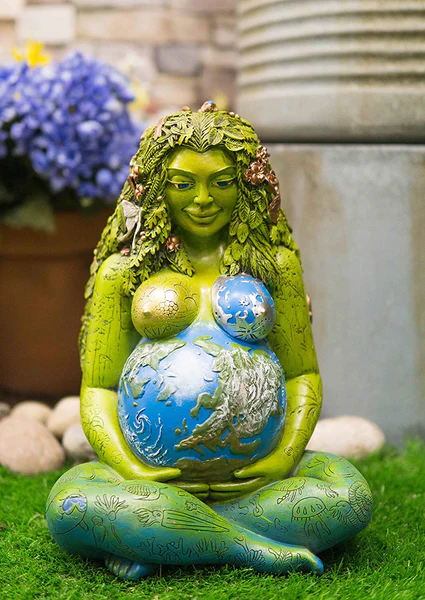
Each culture views Earth not just as land but as a mother—life-giving, abundant, and deeply spiritual. These goddesses are usually worshipped through rituals tied to seasons, fertility, and natural harmony.
🔥 Dragons, Hybrids, and Other Beasts
The Hydra, Nagas, Chinese Dragons, and even Centaurs vs. Kinnaras show up as global symbols of chaos or spiritual beings.
- Half-human hybrids exist across Greek, Hindu, and Indigenous stories
- Dragons can be evil (Europe) or divine (China), but remain massive, powerful, and serpentine
- Tricksters like Loki, Hermes, and Anansi blur the lines of good and evil across the map
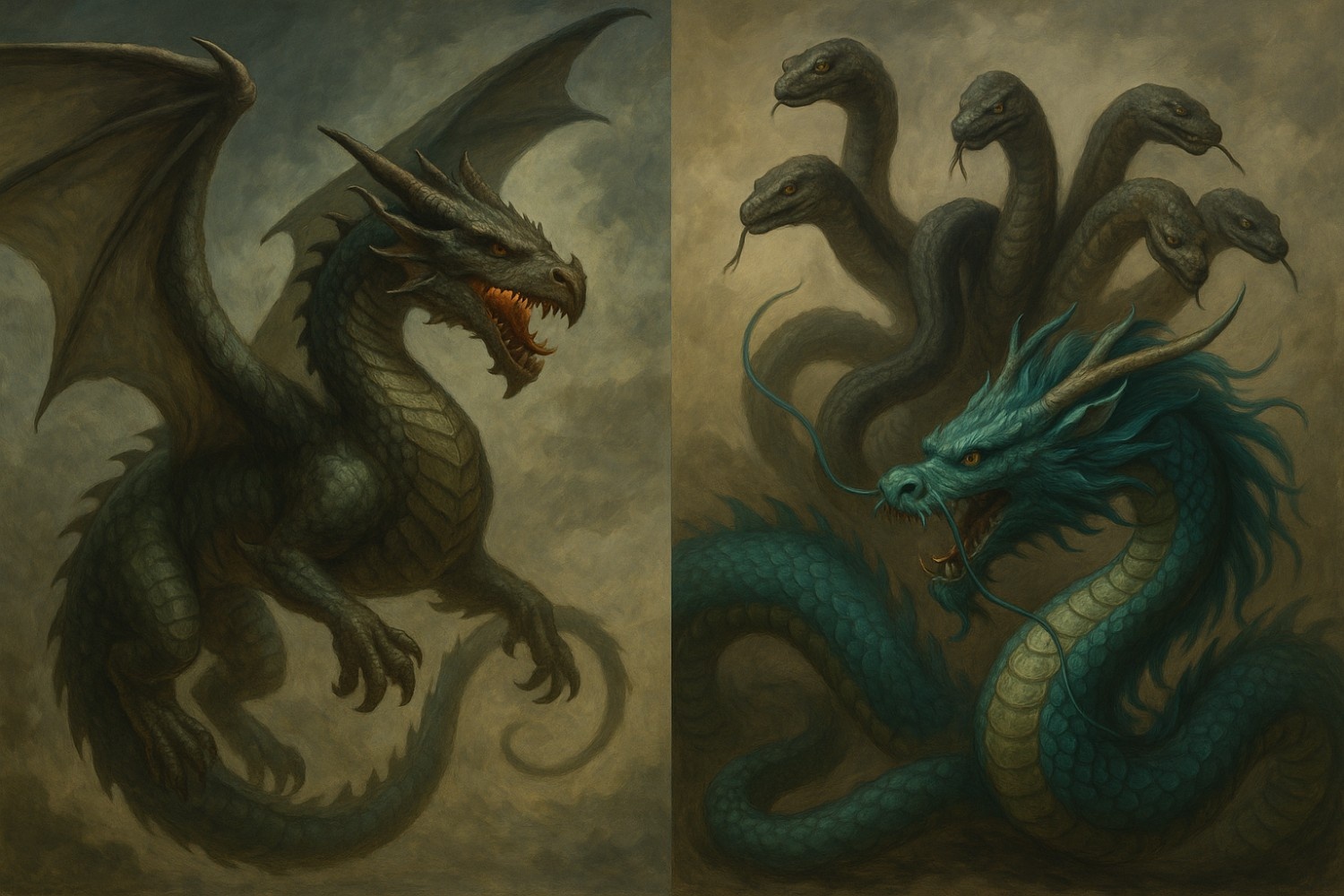
🤔 So… Were They Just People?
Here’s a thought: what if these “gods” were just extraordinary human beings?
- A man with unusual strength, born with a tail — worshipped as Hanuman
- A warrior who could summon storms — remembered as Indra or Thor
- A brilliant, mischievous man who outwitted kings — turned into Hermes or Loki
- A ruler who brought peace or terror — remembered for millennia, like how we remember emperors or saints today
History tends to magnify, especially when passed down through generations of storytelling. One person’s wisdom or madness becomes another’s divine myth.
🌐 A Shared Memory Across Time?
It’s almost eerie how connected these stories are. It makes you wonder:
- Were they based on the same event or person, just told through different languages and beliefs?
- Did ancient travelers bring these stories along the Silk Road, rivers, or sea routes?
- Or do humans simply have a shared imagination, dreaming up the same divine roles across time?
Whatever the truth may be, the mythological patterns across the world show we are more connected than we think.
Final Thought
This isn’t about questioning anyone’s faith. It’s about appreciating how incredibly rich and similar the world’s spiritual stories are. These gods and creatures tell us about ourselves, our fears, our dreams, and our awe of nature. Whether they were divine, historical, or metaphorical, they remain symbols of something universal.
They make us believe in the possibility that—somewhere, once—these legends might have walked among us.







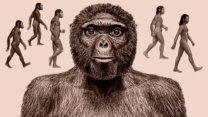
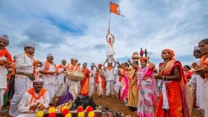

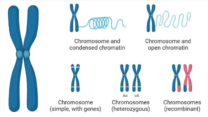
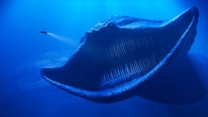

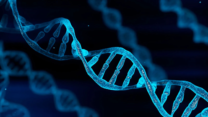
changan официальный https://changan-v-spb.ru